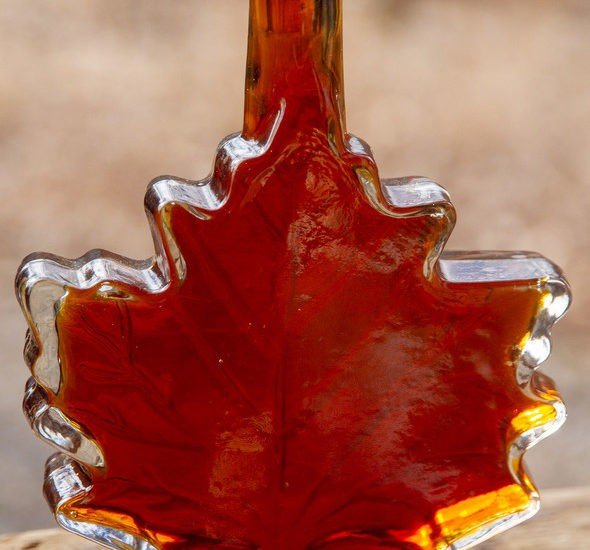
BOZEMAN, Mont., May 13, 2019 – Agricultural producers in Cascade, Chouteau, Daniels, Fergus, Judith Basin, Petroleum, Roosevelt, and Sheridan counties can sign up for the Environmental Quality Incentive Program to reclaim saline seeps at their local USDA Natural Resources Conservation Service (NRCS) office between May 15 and June 14, 2019.
The Montana Saline Seep Reclamation Project, proposed by the Montana Salinity Control Association, received funding through NRCS’s Regional Conservation Partnership Project.
The Montana Salinity Control Association will conduct an initial site review with the producer to determine whether saline seeps are caused by current farming practices and/or rule out those that form naturally with little to no influence from surface land use. If a seep is caused by farming practices, they will conduct a groundwater investigation, which includes the installation of shallow groundwater monitoring wells and an elevation survey of wells and other relevant surface points.
After the field investigation, the Montana Salinity Control Association will assess the information and create a saline seep reclamation plan, including a map delineating the recharge and discharge areas targeted for land-use change. Copies of the plan will be delivered to the producer and to the local NRCS office. The producer can then proceed with development of an Environmental Quality Incentives Program contract to implement conservation practices to treat the identified recharge area.
More than 300,000 acres are affected by high soil saline levels in Montana. The problem negatively impacts soil health, ground and surface water, wildlife, livestock and agricultural production. Saline seeps in the cropland of northern and eastern Montana expanded rapidly in the late 1960s due to expansion of large-scale crop-fallow farming. When fields are fallowed, or crops are not actively growing, precipitation that exceeds what the soil can store leaches through the soil profile. The unused precipitation recharges the shallow ground water table perched above the bedrock, comprised of highly saline marine sediments. A saline seep occurs where highly saline groundwater comes near the ground surface to evaporate in a discharge area.

